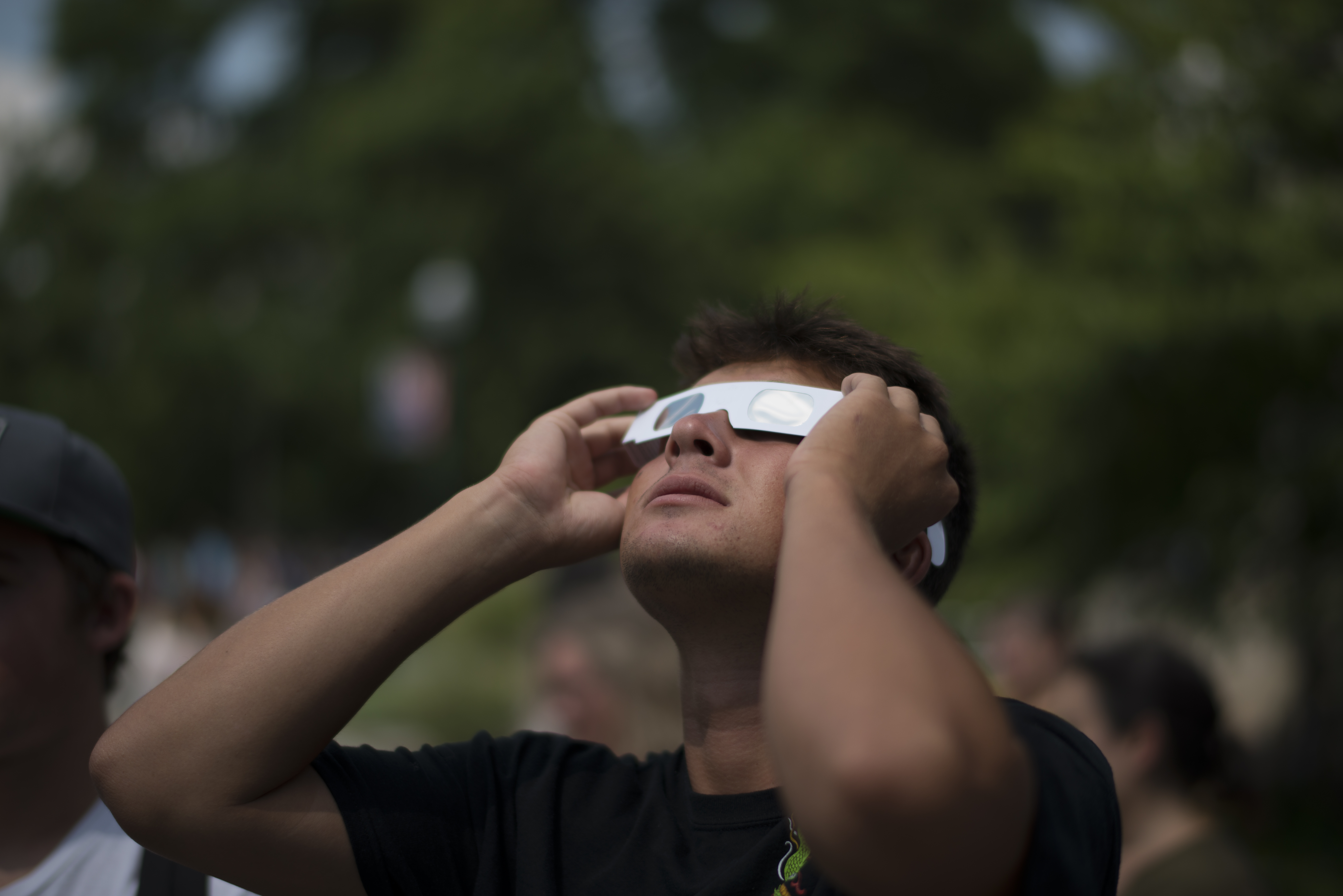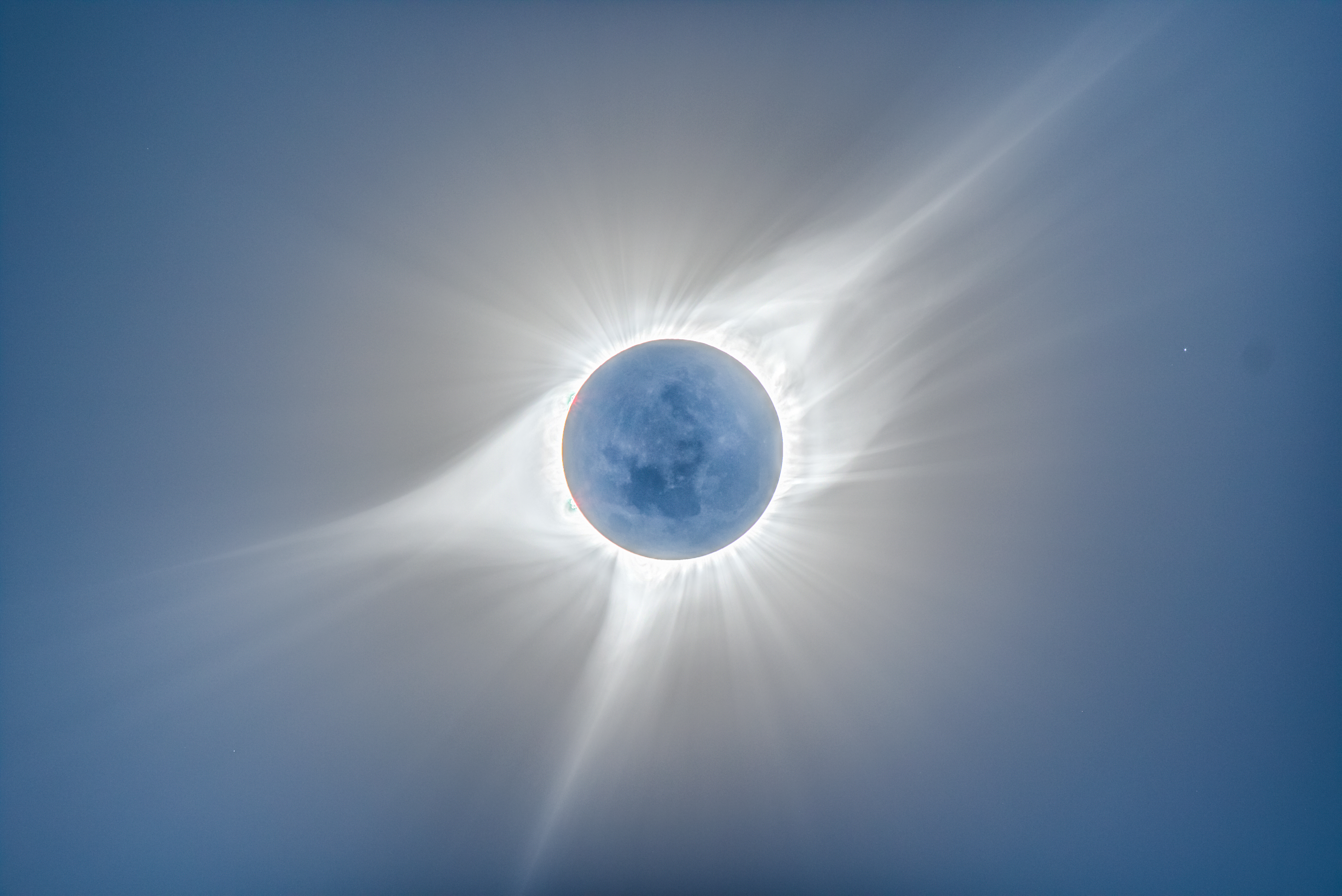Two flights from San Diego's airport Monday were offering arguably one of the best views of this year's total solar eclipse, which drew eclipse chasers from across the country.
Alaska Airlines flights #390 from San Diego to Boston and #322 from San Diego to Washington Dulles offered the airline's best views of the celestial phenomenon. Guests received special solar eclipse-viewing glasses, cooking and a specially-designed aircraft, which the airline said was better for viewing the phenomenon from 30,000 feet.
Physicist Ross Anderson flew from Washington just to be on one of those flights. He experienced a total solar eclipse once before, in 2017, and said he's been waiting seven years to to relive the moment.
Get San Diego local news, weather forecasts, sports and lifestyle stories to your inbox. Sign up for NBC San Diego newsletters.
"I planned it just for the eclipse. It's a once-in-a-lifetime experience," Anderson said. "I just like to have a good time and do some strange things."
Anderson said he was going to indulge in the moment during the flight, maybe with an adult beverage and some math. But when the moment comes to see the path of totality from up in the air, his eyes will be glued to the window -- with viewing glasses, of course, to take in the experience.
Other air companies offered similar experiences to and from elsewhere in the U.S., including Delta Airlines and Southwest Airlines. During an eclipse, the moon lines up perfectly between the Earth and the sun, blotting out the sunlight. It takes a few hours for the moon's shadow to cut across the U.S.
San Diegans got to experience a partial solar eclipse with about 55% of the sun obscured by the moon.
Full solar eclipses occur every year or two or three, often in the middle of nowhere like the South Pacific or Antarctic. The next total solar eclipse, in 2026, will grace the northern fringes of Greenland, Iceland and Spain.
North America won’t experience totality again until 2033, with Alaska getting sole dibs. Then that’s it until 2044, when totality will be confined to Western Canada, Montana and North Dakota.
There won’t be another U.S. eclipse, spanning coast to coast, until 2045. That one will stretch from Northern California all the way to Cape Canaveral, Florida.




